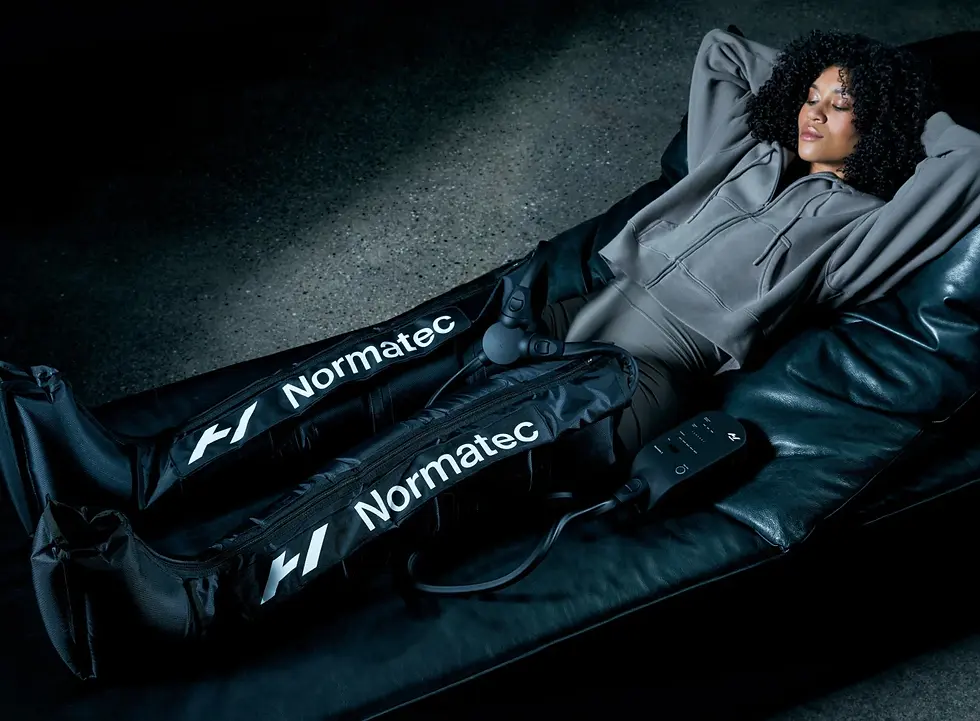Orthossage Wellness
Cryotherapy
Cryotherapy—also known as cold therapy—uses extremely low temperatures to reduce inflammation, relieve pain, and promote healing. It can be applied to a specific area (localized) or the whole body (whole-body cryotherapy) using advanced cooling systems.
✅ Benefits of Cryotherapy
-
Reduces Pain and Inflammation
Cold exposure numbs irritated nerves and reduces swelling, making it ideal for injury recovery and chronic joint or muscle pain. -
Speeds Up Muscle Recovery
Commonly used by athletes to flush out toxins, minimize soreness, and accelerate healing after intense workouts or competition. -
Boosts Circulation and Immune Response
Exposure to cold stimulates blood flow and supports the body’s natural healing processes. -
Improves Skin and Mood
May help with skin tone, collagen production, and mood elevation through endorphin release and reduced cortisol levels. -
Aids in Weight and Metabolism Support
Brief cold exposure can increase metabolic activity and calorie burn by activating brown fat in the body.
.png)

Infared Therapy
Infrared therapy uses light (near- or far-infrared wavelengths, typically 760 nm–100,000 nm) or low‑level lasers/LEDs to deliver heat and stimulate cellular processes beneath the skin.
✅ Potential Benefits
-
Pain relief & reduced inflammation
-
Supports muscle and joint recovery by improving blood flow and oxygenation.
-
Studies note benefits for rheumatoid arthritis, ankylosing spondylitis, tendonitis, low back pain, fibromyalgia, osteoarthritis.
-
-
Skin health & rejuvenation
-
May improve acne, fine lines, wrinkles, scars, red spots; FDA-cleared for cosmetic application.
-
-
Hair regrowth
-
Some evidence suggests red/infrared light stimulates follicles; results are mixed & often preliminary.
-
-
Muscle repair & recovery
-
Enhances mitochondrial function for cell repair, speeding recovery after injury.
-
-
Mood & cognitive effects
-
Early research shows mood-lifting and cognitive improvements, especially with transcranial/cranial delivery.
-
-
Cardiovascular & autonomic benefits
-
Infrared sauna use shows modest blood-pressure improvement and heart-health markers.
-
Compression Therapy
Compression therapy involves using specially designed garments—like socks, sleeves, wraps, or pneumatic devices—to apply controlled pressure to limbs or areas of the body. This promotes healthy circulation, reduces swelling, and supports recovery from various medical or physical conditions.
✅ Key Benefits
-
Improves Blood Flow
Compression encourages blood in your veins to return to your heart, which is especially helpful for people who sit or stand for long periods. -
Reduces Swelling and Inflammation
Helps manage conditions like lymphedema or post-surgical swelling by moving excess fluid out of affected areas. -
Enhances Recovery After Exercise
Athletes use compression therapy to flush out metabolic waste, reduce muscle soreness, and speed up recovery times. -
Prevents Blood Clots (DVT)
Especially useful after surgery or for those at risk of developing deep vein thrombosis. -
Manages Chronic Venous Insufficiency
Supports vein function and relieves symptoms like heaviness, aching, or tired legs.


Massage Therapy
Massage therapy is the manual manipulation of soft tissues—including muscles, tendons, ligaments, and fascia—to promote relaxation, reduce tension, relieve pain, and support physical and emotional well-being.
✅ Benefits of Massage Therapy
-
Reduces Muscle Tension & Pain
Alleviates soreness, tightness, and discomfort caused by stress, injury, or repetitive motion. -
Improves Circulation
Stimulates blood and lymphatic flow, enhancing oxygen delivery and toxin removal from the body. -
Enhances Recovery
Ideal for post-workout or post-injury healing by improving flexibility, reducing inflammation, and speeding up tissue repair. -
Lowers Stress & Anxiety
Triggers the parasympathetic nervous system, reducing cortisol levels and encouraging deep relaxation. -
Boosts Immunity & Sleep Quality
Regular massage is linked to improved immune response and deeper, more restful sleep.
.png)
.png)